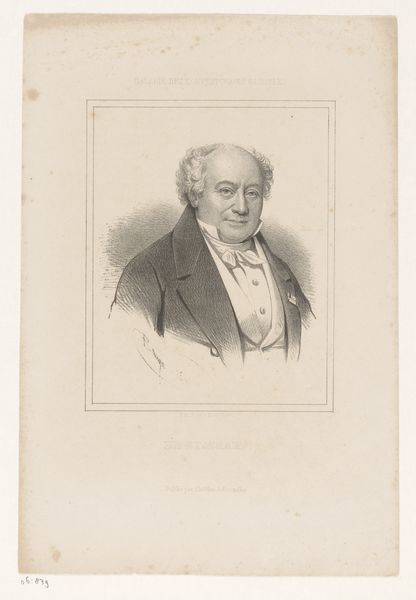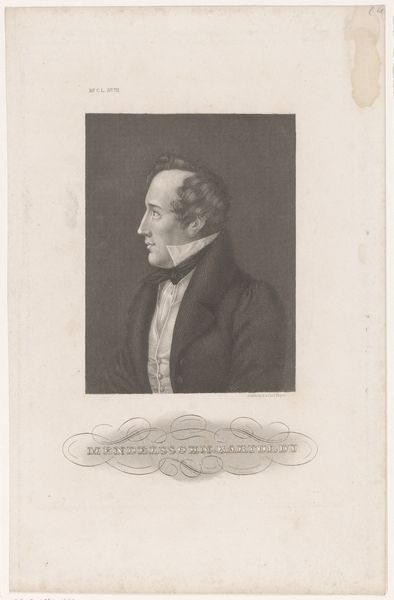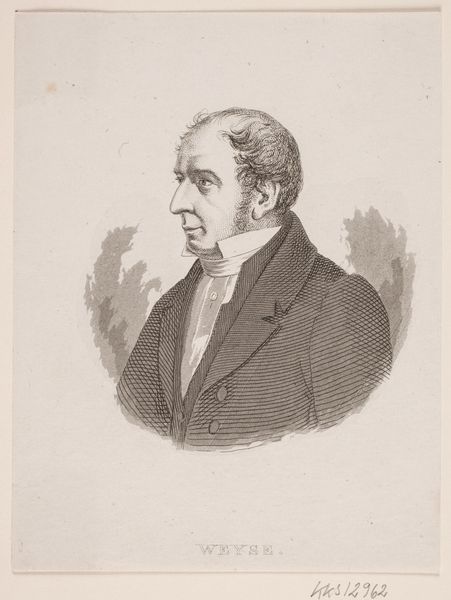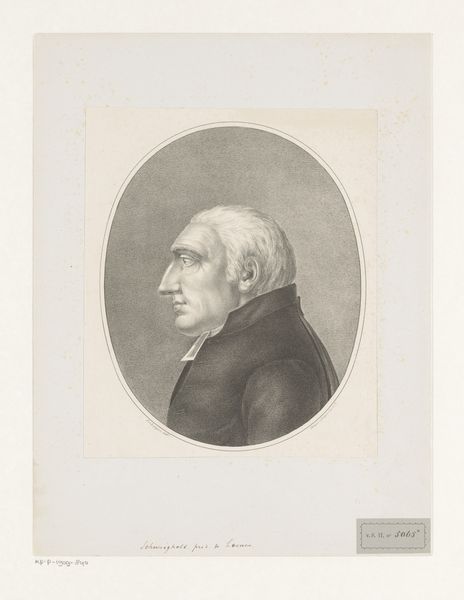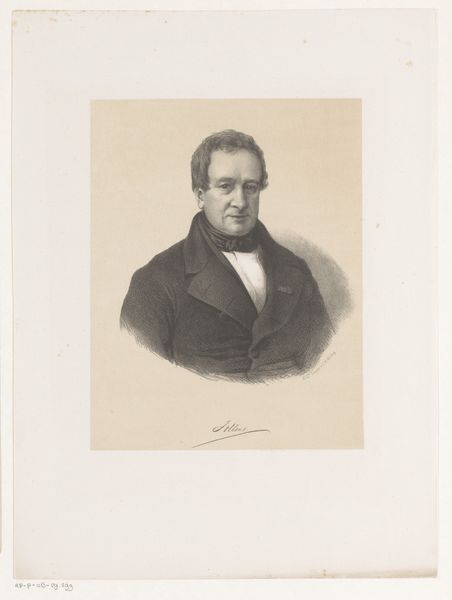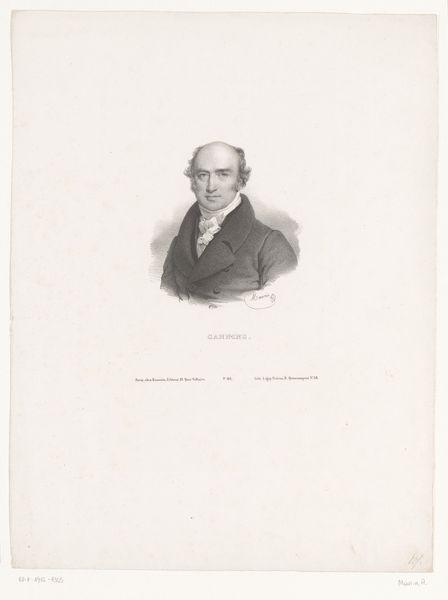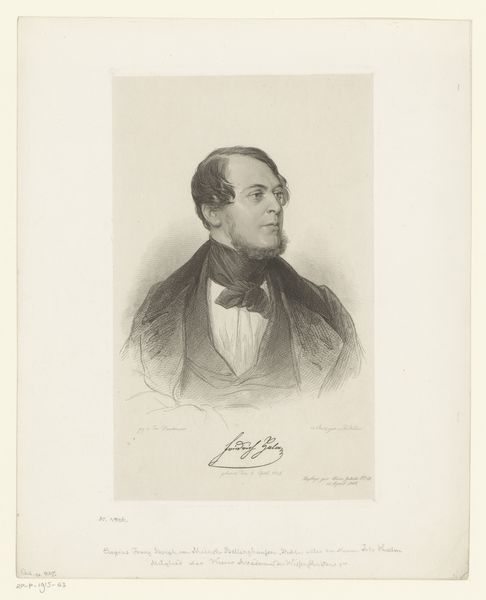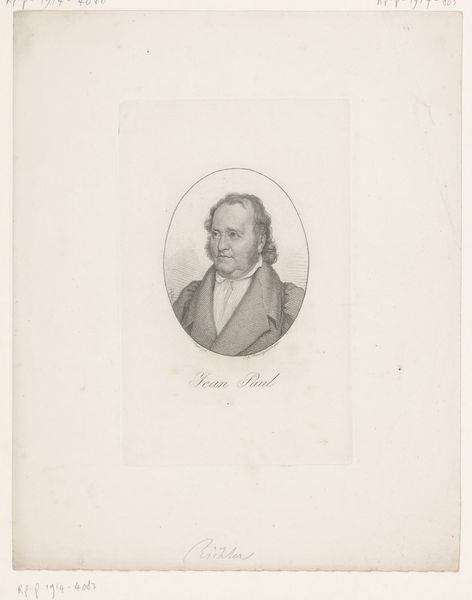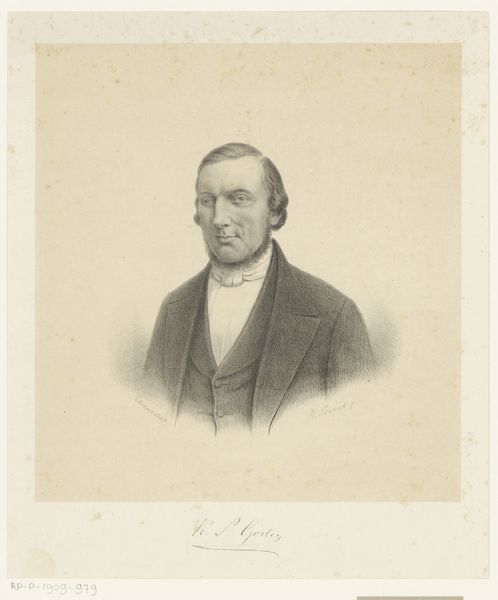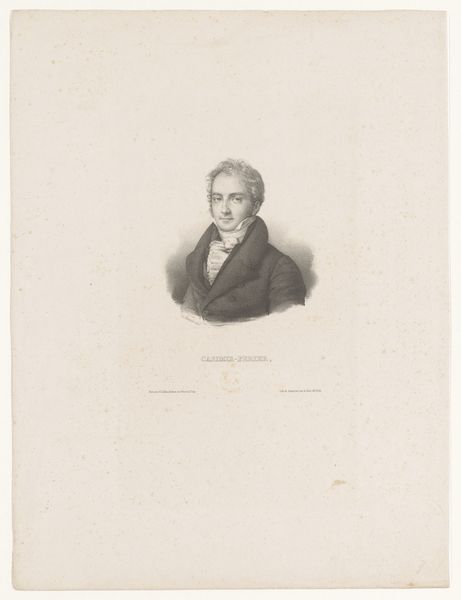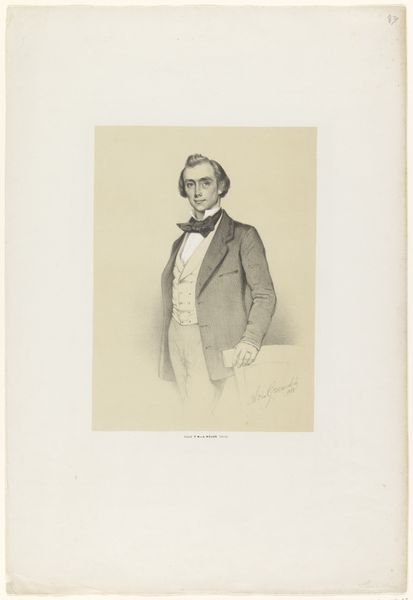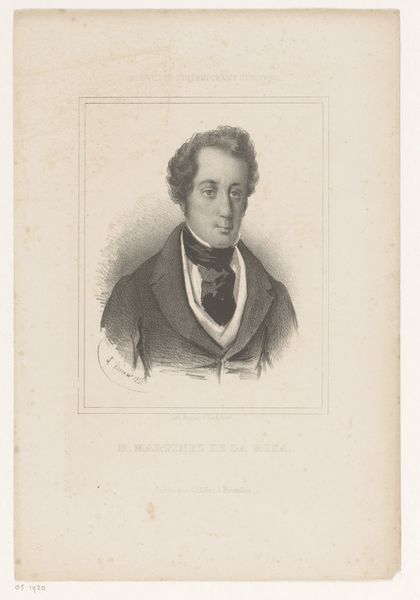
print, engraving
#
portrait
#
aged paper
#
toned paper
# print
#
pencil drawing
#
academic-art
#
engraving
#
realism
Dimensions: 285 mm (height) x 208 mm (width) (bladmaal)
Editor: This is a portrait of C. E. F. Weyse, created in 1882 by H.P. Hansen. It appears to be an engraving, or some sort of print. It reminds me a bit of old photographs. What can you tell me about this piece? Curator: Well, considering this print was created in 1882, let's think about the industrial context. Engraving had become relatively widespread, offering a means of mass production. How do you think this accessibility impacted portraiture at the time, considering it wasn't painting? Editor: I suppose it would allow more people to have portraits made, not just the wealthy. Curator: Precisely. The mechanization of image production through printmaking democratized representation. Think about the labour involved: the engraver, the printer, and even the distributor all played a part. Is this "fine art" in the traditional sense, or is it something else entirely? What about the material quality of the toned paper versus more expensive stocks? Editor: It blurs the lines, doesn't it? It's more accessible, but also relies on the skilled labor of the engraver and the availability of the paper. Is the choice of this medium almost making a statement about the subject himself? Curator: Perhaps. Or perhaps about the artist himself. The materiality of art can speak volumes, challenging conventional art hierarchies. How does considering the social context and material production change your interpretation of Weyse’s portrait? Editor: I now think of the piece as representing a wider range of people in that era and how prints democratized art and challenged the norms of that time, considering labor, access and distribution as core to artmaking. Curator: Exactly! By focusing on production and material, we unearth the story of its time.
Comments
No comments
Be the first to comment and join the conversation on the ultimate creative platform.
